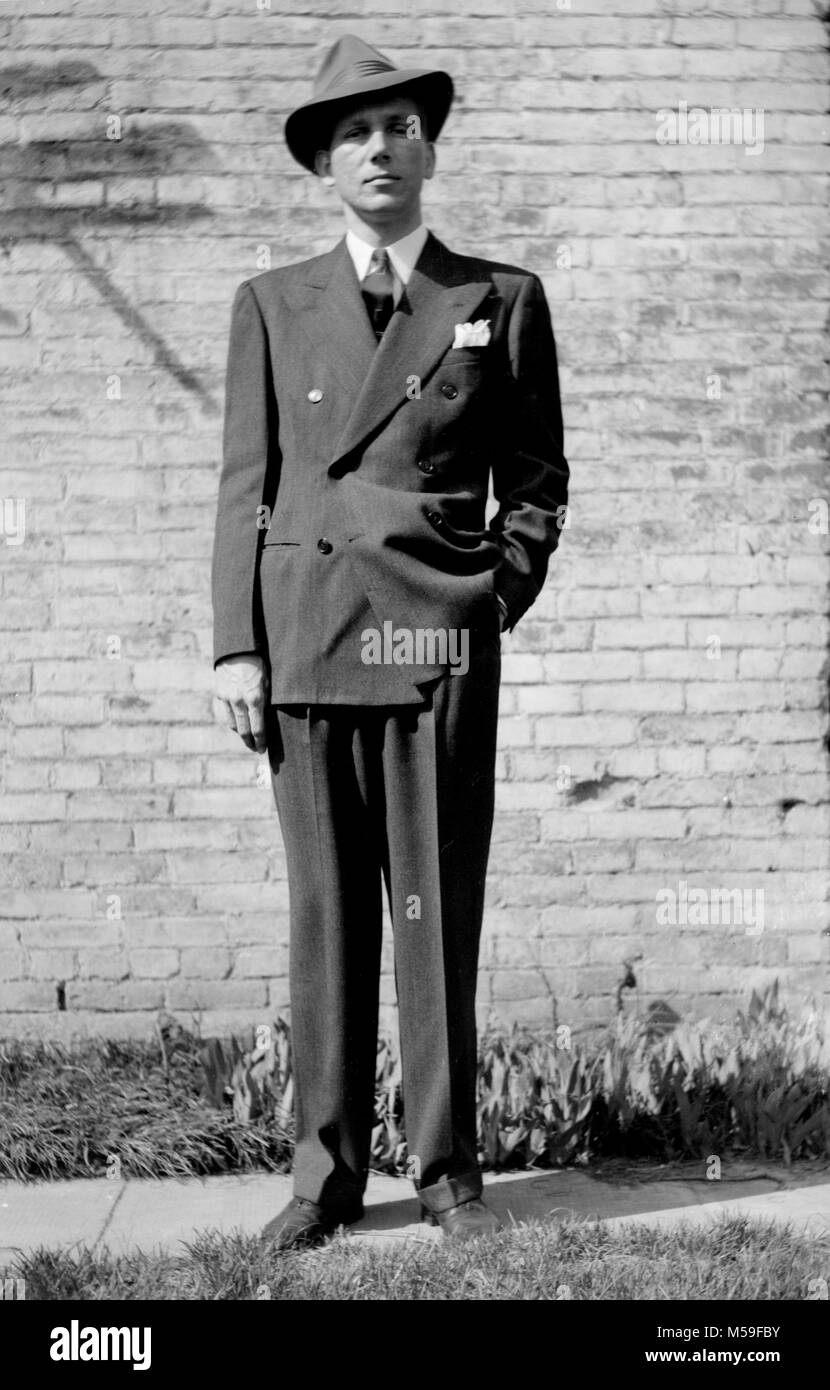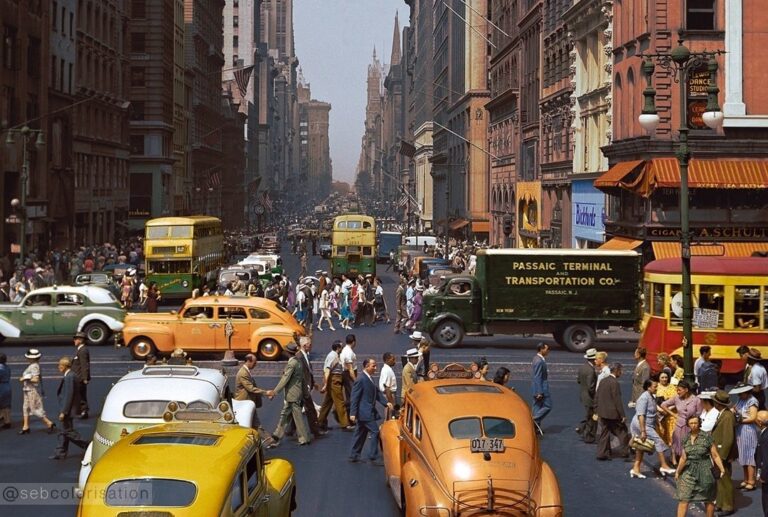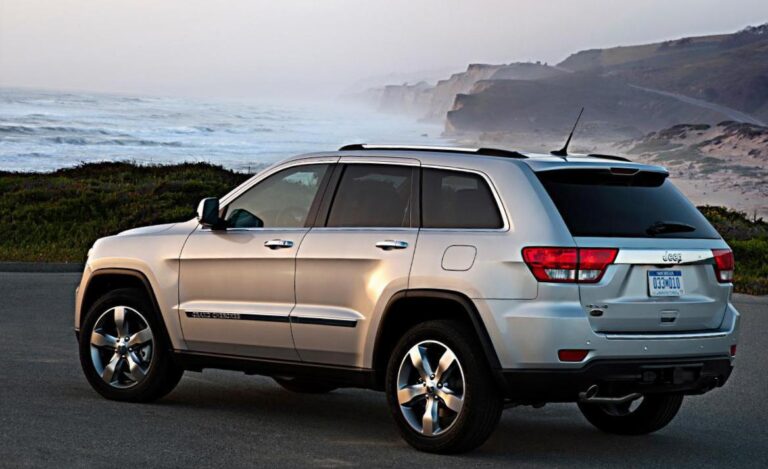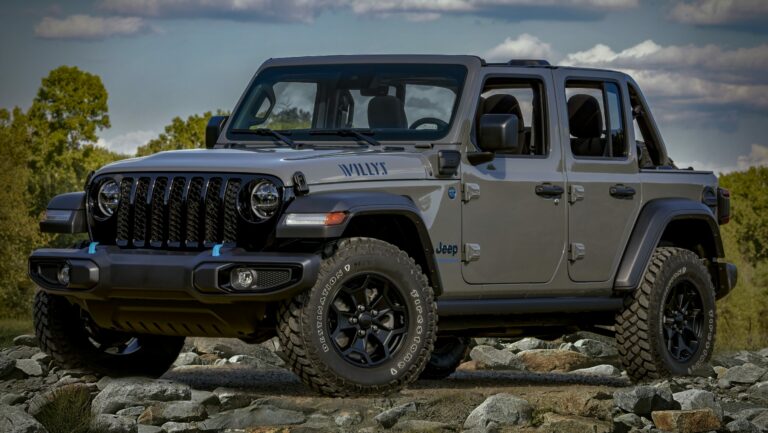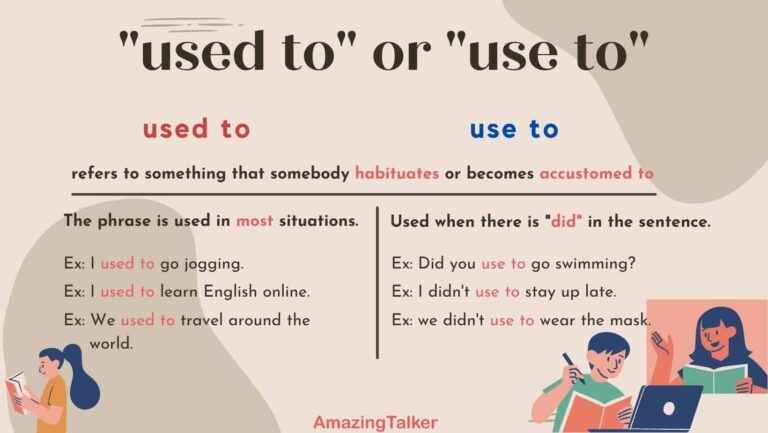1940-1950 Army Jeep For Sale: A Comprehensive Buyer’s Guide to Owning a Piece of History
1940-1950 Army Jeep For Sale: A Comprehensive Buyer’s Guide to Owning a Piece of History jeeps.truckstrend.com
The roar of a flathead engine, the unmistakable silhouette, and the sheer ruggedness of an Army Jeep from the 1940s and 1950s evoke images of wartime heroism, post-war reconstruction, and the pioneering spirit of off-road adventure. For enthusiasts, collectors, and history buffs alike, the prospect of finding a 1940-1950 Army Jeep for sale isn’t just about acquiring a vehicle; it’s about owning a tangible piece of global history, a symbol of resilience, and an icon of American ingenuity.
This comprehensive guide aims to navigate the exciting, yet often complex, world of vintage Army Jeep acquisition. Whether you dream of a meticulously restored museum piece, a "driver quality" vehicle for weekend cruises, or a challenging restoration project, understanding the nuances of these historic machines is paramount.
1940-1950 Army Jeep For Sale: A Comprehensive Buyer’s Guide to Owning a Piece of History
Historical Context: The Birth of an Icon (1940-1950)
The story of the Army Jeep begins in the crucible of World War II. As the United States prepared for global conflict, the need for a lightweight, rugged, four-wheel-drive reconnaissance vehicle became urgent. Several manufacturers submitted prototypes, but it was the designs from Willys-Overland and Ford that ultimately led to the legendary "Jeep."
The Willys MB and Ford GPW (G.P.W. standing for Government Purposes Willys) were the primary workhorses of WWII, produced in astonishing numbers. These vehicles shared nearly identical designs, often indistinguishable to the untrained eye, differing only in minor manufacturing details and parts stamping. They served on every front, performing countless tasks from troop transport to ambulance duty, earning their reputation as the "vehicle that won the war."
As the war concluded, the demand for these versatile vehicles didn’t cease. Willys-Overland capitalized on their wartime success, introducing the CJ (Civilian Jeep) series, starting with the CJ-2A in 1945, followed by the CJ-3A in 1949. These civilian models retained much of the military’s ruggedness but incorporated features like tailgates, revised lighting, and civilian-spec dashboards, making them ideal for farm work, light industry, and recreational use.
The Korean War era (early 1950s) saw the reintroduction of a military-specific model, the Willys M38. Based on the CJ-3A, the M38 featured a 24-volt electrical system, waterproofed ignition, and other military-specific modifications, solidifying the Jeep’s continued role in military service. The 1940-1950 decade thus represents the formative years of the Jeep, encompassing its wartime genesis and its successful transition into civilian and subsequent military roles.
Why Buy a Vintage Army Jeep?
The appeal of a 1940-1950 Army Jeep extends far beyond mere transportation:
- Historical Preservation: Owning one of these vehicles is a direct link to a pivotal era in world history. You become a custodian of its legacy.
- Unique Driving Experience: Driving a vintage Jeep is an unfiltered, visceral experience. No power steering, no air conditioning, just pure mechanical engagement that connects you directly to the road (or trail).
- Investment Potential: Well-maintained or professionally restored vintage Jeeps, especially original military models, have shown consistent appreciation in value, making them a tangible asset.
- Community and Hobby: The vintage military vehicle community is vibrant and welcoming. Owners connect through clubs, shows, reenactments, and online forums, sharing knowledge and camaraderie.
- Versatility: From parade duty and historical reenactments to light off-road adventures and simply turning heads at local car shows, a vintage Jeep offers a unique blend of utility and charm.

Key Models and Their Distinctions (1940-1950)
Understanding the specific models within this decade is crucial for any potential buyer:
- Willys MB (1941-1945): The quintessential WWII Jeep. Features include a flat-slat grille, flush-mounted headlights, and specific body tub details. Look for "Willys" stampings on the rear panel.
- Ford GPW (1942-1945): Ford’s version of the WWII Jeep. Nearly identical to the MB, but typically identifiable by the "F" script stampings on various components (nuts, bolts, tools, body parts).
- Willys CJ-2A (1945-1949): The first civilian Jeep. Distinguishing features include a seven-slot grille (with wider, flat-top slots), a tailgate, external fuel filler, and larger headlights mounted in separate pods.
- Willys CJ-3A (1949-1953): An evolution of the CJ-2A, it introduced a one-piece windshield, slightly updated dash, and often a stronger Dana 44 rear axle.
- Willys M38 (1950-1952): The Korean War era military Jeep. Based on the CJ-3A, but with military modifications: 24-volt electrical system, waterproofed ignition, deeper frame, and a larger fuel tank. Often has a large "U.S.A." and registration number stenciled on the hood.
Identifying the exact model and verifying its authenticity requires attention to detail, checking serial numbers, body tub stampings, and component markings. Many "Jeeps" have been pieced together over decades, so originality is a key factor in value.
What to Look For When Buying: A Buyer’s Guide
Purchasing a vintage Army Jeep requires a keen eye and thorough inspection:
- Rust: This is the ultimate enemy. Inspect the frame rails (especially near the spring hangers and cross members), body tub (floorboards, hat channels, fenders, cowl), and inner fenders. Surface rust is manageable; widespread structural rust is a major red flag and costly to repair.
- Originality vs. Restoration: Decide if you want an original "survivor" with patina, a fully restored showpiece, or a "driver" that’s been made roadworthy. Original, unmolested vehicles often command higher prices due to their rarity, even if they show wear.
- Engine and Drivetrain:
- Engine: Listen for knocking, excessive smoke, or unusual noises. Check for oil leaks. The L-134 "Go-Devil" engine is robust but can be tired after 70+ years.
- Transmission/Transfer Case: Test all gears (including reverse and 4WD high/low). Listen for grinding or popping out of gear.
- Axles: Check for leaks around differential covers and wheel hubs. Listen for humming or clunking noises.
- Electrical System: Original 6-volt (WWII/early CJ) or 12-volt (later CJ/some M38 conversions) systems can be finicky. Check lights, gauges, and starting. Many have been converted to 12-volt for easier modern component compatibility.
- Brakes: Inspect brake lines for rust or leaks. Test pedal feel; a spongy pedal indicates air or fluid issues. Drums, shoes, and wheel cylinders may need replacement.
- Steering and Suspension: Check for excessive play in the steering wheel. Inspect leaf springs for cracks or sagging, and shock absorbers for leaks.
- Documentation: A clear title is essential. Any original military records, maintenance logs, or previous ownership history add significant value and credibility. Verify the VIN/serial number matches the title and the vehicle’s frame.
- Authenticity: For military models, check for correct military markings, data plates, and period-correct components. Many civilian parts were used in "restorations" over the years.
Practical Advice: Always arrange for a pre-purchase inspection by a mechanic experienced in vintage military vehicles or classic cars. Join online forums (e.g., G503.com for military Jeeps) to learn common pitfalls and connect with knowledgeable owners.
The Buying Process: Where to Find and How to Negotiate
- Specialized Dealers: There are reputable dealers focusing specifically on vintage military vehicles. They often offer restored vehicles or carefully vetted projects, but prices will reflect their expertise and overhead.
- Online Marketplaces: Websites like eBay Motors, Craigslist (local searches), Facebook Marketplace, and dedicated classic car sites (e.g., Hemmings, Bring a Trailer) are common places. Be wary of scams and insist on in-person inspections.
- Auctions: Major auction houses (Barrett-Jackson, Mecum) occasionally feature high-quality examples, while local auctions might offer projects. Attend in person if possible.
- Classic Car/Military Vehicle Shows & Swap Meets: These events are excellent for networking, seeing vehicles in person, and sometimes finding private sellers.
- Private Sellers: Often found through online forums or word-of-mouth. This can offer the best value but requires more due diligence on the buyer’s part.
Negotiation Tips: Research market values thoroughly. Be prepared to walk away if the price or condition isn’t right. Highlight any issues found during inspection to justify a lower offer. If buying a project, factor in the cost of parts and labor.
Restoration vs. Preservation: Making Your Choice
When you acquire a vintage Jeep, you’ll face a choice:
- Full Restoration: This involves a complete disassembly, addressing all rust, mechanical overhauls, new paint, and often sourcing period-correct or NOS (New Old Stock) parts. It’s costly and time-consuming but results in a vehicle of potentially concourse (show-winning) quality with significant value.
- Preservation: This approach focuses on maintaining the vehicle’s original condition and patina while ensuring mechanical soundness. It’s about "arresting decay" rather than rebuilding. This can be more affordable and retains the vehicle’s unique history and character.
- Driver Quality: A middle ground, where the vehicle is mechanically sound and presentable but not necessarily show-ready. This is often the most practical choice for those who want to enjoy driving their Jeep regularly.
Owning and Maintaining Your Vintage Jeep
Ownership is an ongoing commitment:
- Regular Maintenance: Vintage vehicles require more frequent attention. Follow the original service manual for lubrication points, oil changes, and fluid checks.
- Parts Availability: While original parts can be scarce, a robust aftermarket industry provides reproduction parts for almost everything. Specialized suppliers and online communities are invaluable resources.
- Specialized Mechanics: Find a mechanic familiar with older vehicles, especially those with flathead engines and manual transmissions.
- Insurance: Obtain specialized classic car insurance, which often offers better coverage and lower premiums for limited mileage.
- Storage: Protect your investment from the elements. A garage or carport is ideal to prevent rust and deterioration.
Challenges and Solutions
- Parts Scarcity: Join online forums (G503.com is a prime example for military Jeeps); these communities have extensive knowledge and often "parts wanted" sections. Many specialty vendors exist.
- Mechanical Expertise: If you’re not mechanically inclined, factor in the cost of professional service. Finding a reputable vintage mechanic is key.
- Rust: Prevention is better than cure. Keep the vehicle dry and clean. If rust is present, address it promptly, even if it’s a small spot, before it spreads.
- Road Legality: Older vehicles may have different safety standards. Check your local state or country regulations regarding lighting, seatbelts, and registration for historic vehicles.
- Driving Experience: Be prepared for a raw driving experience – no power steering, no power brakes, and a firm ride. It’s part of the charm, but not for everyone.
1940-1950 Army Jeep For Sale: Estimated Price Guide
Please note: Prices for vintage vehicles fluctuate wildly based on condition, originality, history, and market demand. This table provides broad estimates for general guidance. Always conduct thorough research and inspections.
| Model | Condition: Project (Needs Full Restoration) | Condition: Driver Quality (Functional, Presentable) | Condition: Restored (High-Quality, Show Ready) | Condition: Concourse/Museum Quality (Flawless, Original) | Key Factors Influencing Price |
|---|---|---|---|---|---|
| Willys MB | $8,000 – $18,000 | $20,000 – $35,000 | $40,000 – $60,000 | $70,000 – $120,000+ | Originality of components, matching numbers, military history/provenance, extent of rust, "F" script parts (for Ford GPW), correct military markings. |
| Ford GPW | $8,000 – $18,000 | $20,000 – $35,000 | $40,000 – $60,000 | $70,000 – $120,000+ | Same as Willys MB, with "F" script authenticity being a major factor. |
| Willys CJ-2A | $5,000 – $12,000 | $15,000 – $25,000 | $30,000 – $45,000 | $50,000 – $75,000+ | Rust, engine condition, original components, period accessories (PTO, snowplow attachments), completeness. |
| Willys CJ-3A | $4,000 – $10,000 | $12,000 – $22,000 | $28,000 – $40,000 | $45,000 – $65,000+ | Similar to CJ-2A, one-piece windshield, later models with Dana 44 rear axle may fetch slightly more. |
| Willys M38 | $6,000 – $15,000 | $18,000 – $30,000 | $35,000 – $55,000 | $60,000 – $90,000+ | Original military features (24V system, waterproof ignition), military markings, history of service, completeness. |
Disclaimer: These are rough estimates and can vary significantly based on specific vehicle condition, location, seller, and market trends. Always consult with experts and perform thorough due diligence.
Frequently Asked Questions (FAQ)
Q: What’s the main difference between a Willys MB and a Ford GPW?
A: Functionally, they are almost identical. The primary difference lies in manufacturing details and parts markings. Ford GPWs often have an "F" script stamped on many components (nuts, bolts, tools, body parts) to identify them as Ford-made, whereas Willys MBs have "W" or "Willys" stampings.
Q: Are parts hard to find for these vintage Jeeps?
A: Surprisingly, no. Due to the high production numbers and enduring popularity, a robust aftermarket exists for reproduction parts. Many original components can also be found through specialty vendors and online forums.
Q: Can I drive a 1940-1950 Army Jeep daily?
A: While possible, it’s generally not recommended. These vehicles lack modern safety features (airbags, ABS), creature comforts (A/C, power steering), and are significantly slower than modern vehicles. They are best suited for recreational use, shows, or light duty.
Q: How much does a full restoration typically cost?
A: A professional, high-quality restoration can range from $25,000 to well over $60,000, depending on the initial condition of the vehicle, the desired level of authenticity, and labor rates. Many owners tackle partial restorations themselves to save costs.
Q: Is buying a vintage Army Jeep a good investment?
A: Historically, well-maintained and original vintage military vehicles have appreciated in value. However, like any collectible, market fluctuations occur. It should primarily be viewed as a passion purchase, with potential financial return as a bonus.
Q: What should be my starting budget if I want a drivable Jeep?
A: For a drivable "project" or a very rough "driver quality" Jeep, you might find something in the $10,000 – $18,000 range. For a solid, dependable driver, expect to pay $20,000 – $35,000 or more, depending on the model and condition. Always budget extra for immediate maintenance and unexpected repairs.
Conclusion
The allure of a 1940-1950 Army Jeep for sale is undeniable. It represents a potent blend of history, engineering, and a rugged aesthetic that continues to captivate generations. Acquiring one of these legendary vehicles is more than just a purchase; it’s an embarkment on a journey – a journey of discovery, mechanical understanding, and connection to a vibrant community. With careful research, a thorough inspection, and a clear understanding of your goals, you can find the perfect vintage Jeep to become a cherished part of your own story, ensuring its legacy continues for decades to come.
